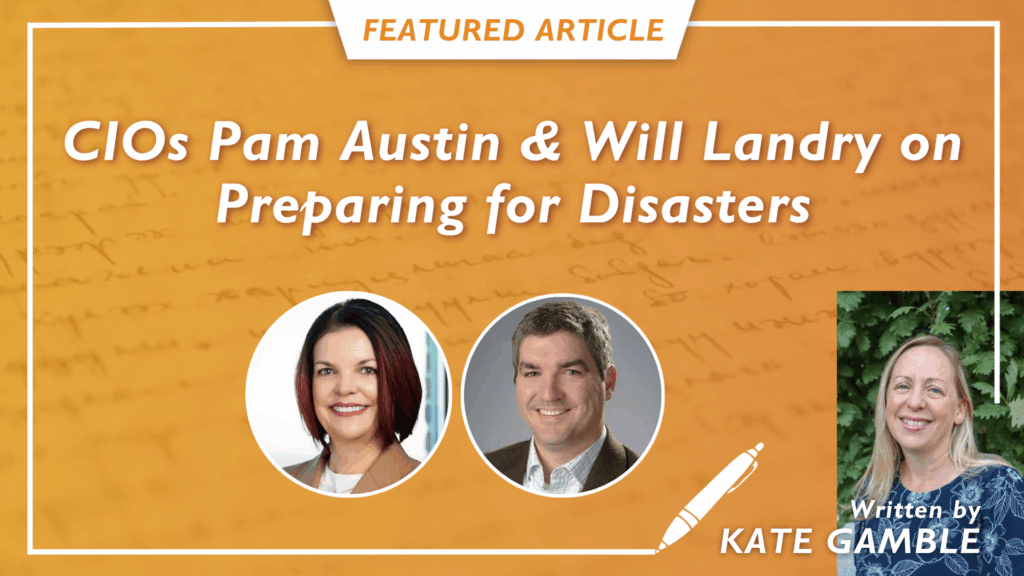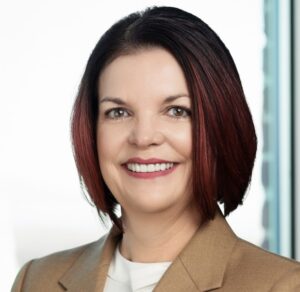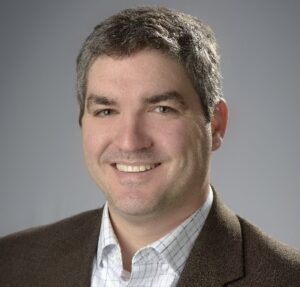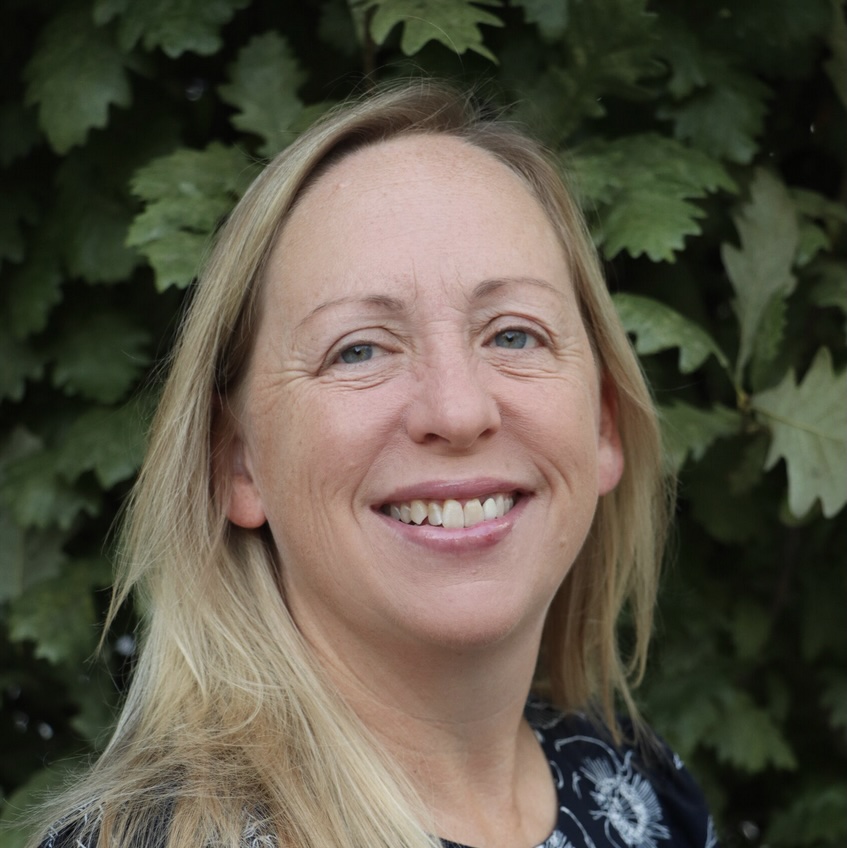
Technology is critical, but it’s not what will get a healthcare organization through a storm – or any disastrous event, for that matter. In fact, it is becoming clear that the best way to prepare for, or manage through, an emergency situation is to learn how to survive without technology.
“You have to be ready for the worst-case scenario,” said Will Landry, SVP & CIO, Franciscan Missionaries of Our Lady Health System. “If there’s a massive outage, what are you going to do?”
Leaders are learning that being prepared for a disaster – whether natural or technical in nature – requires hands-on knowledge of how to operate the systems in place and executive backup plans.
“We have to adapt to everything around us because at the end of the day, it’s not just about technology; it’s about protecting patients,” said Pam Austin, CIO, Ballad Health. “Our hospitals are the heartbeat of the community, so it’s our responsibility to make sure that heartbeat never stops.”
Both Austin and Landry have experienced heart-stopping scenarios and have come out with a more firm grasp on how to prepare their teams and organizations. Recently, both leaders shared their stories and offered advice for others on how to weather the storms.

Pam Austin
For a geographically dispersed organization like Ballad, one of the most significant challenges is ensuring patients have access to care, regardless of location. Not surprisingly, the 20-hospital IDN, which provides coverage in multiple states, has “areas that are hard to reach,” according to Austin. “Sometimes the provider is the only lifeline for patients.”
For that reason, her team has made care continuity a core focus, and has established a multifaceted strategy to help prevent and manage disasters.
The ‘people’ component proved particularly pertinent last September, when Unicoi County Hospital, located in Erwin, Tenn., was destroyed by Hurricane Helene. All staff and patients had to be evacuated – several via airlift – due to flooding, and were transferred either to clinics or to the local high school that served as a shelter.
Among the many lessons learned? “Our staff is resilient,” Austin stated. “We can care for patients even outside of the four walls. Another is the value of preparation. “We know now, more than ever, that tabletop exercises are vital. It can be time-consuming, but it’s very clear to use considering what we’ve been through. We know the ‘why.’”
They also now understand that it isn’t just the physical toll that can affect individuals. For leaders, that means “you have to plan for a catastrophe and make sure your teams know what to do, because it is emotional,” she said. “All of a sudden, the infrastructure that’s in place to care for patients is gone, and you have to be ready to stand up care, whether it’s in a high school gym or a tent.
And it needs to be known and understand how that is going to happen. “Here’s how we can keep you connected. Here’s how we can deliver the EMR and all the technology you need to take care of the patient,” she added.
Beyond creating a business continuity plan, it’s ensuring that it is documented and rehearsed, and the community – including clinicians – is prepared. “This is not an IT exercise. It’s an operations exercise that is vital to the people caring for patients,” noted Austin. “At the end of the day, that’s what it’s all about.”

Will Landry
Having spent several years in the Louisiana area – including his tenures with Franciscan Missionaries of Our Lady Health System (FMOL Health), which began in January 2020 – Landry is no stranger to storms.
But when Hurricane Ida ripped through Louisiana in 2021, it introduced a new disaster scenario for his team when its major carrier, AT&T experienced a hard wireless outage. “The local equipment and local exchanges were out,” he recalled. “There was no landline, no fiber – no phones in or out.”
When the emergency abated, his team decided to split corporate cell phone service between two vendors: AT&T and Verizon. “We had some tough conversations and decided that we can’t be totally dependent on one carrier from a wireless perspective.” In fact, they added some T-Mobile devices as well, as their towers are located in different areas.
Another critical move was to establish backup satellite communications, which are tested frequently to ensure providers can contact regional medical centers, trauma centers, helicopters, or emergency services to help transfer patients to other facilities. The move paid off during the storms of 2024, when Franciscan brought in FirstNet and AT&T trucks to enable satellite communications.
Similarly, they host virtual desktop infrastructures to avoid dependence on data centers. “All of our tier zero, one, and two systems are hosted virtually,” he said. That way, “from a critical infrastructure perspective, if we have a physical network failure at one facility, we’re not dependent on a data center based in Baton Rouge, for example. We’re able to burst those desktops in the cloud if needed.”
As many leaders have learned, operating in isolation is never a good idea – particularly in a disaster situation. “From a technology perspective, we’ve recently started having more conversations with our peers in the area,” Landry said, including LCMC Health and Ochsner Health. And while they haven’t yet begun actively coordinating efforts, they’re still taking critical steps by laying the groundwork.
“The most important thing is that we know each other so that if there is an incident or issue, we know what’s happening and can assist, because a lot of our patients cross between these health systems,” he noted. “Five years ago, these conversations weren’t happening. We want to make sure we’re protected, and so, we believe it’s in our best interests to share intel.”
Another event that helped educate his team was the Change Healthcare breach of 2024, which prompted his team to question their procedures. “At the time, we thought, what happens if we can’t do real-time eligibility checking? Who do we call?” And importantly, if systems are offline, how can providers retrieve and document information?
“We’ve had business units come back and say, we’ll just wait for the system to come back online,’ and we’ve said, ‘what if it’s a month? And so, we’ve started talking through those options.”
Even something as simple as placing orders can become difficult during downtime, Landry noted. “We’ve made everything so electronic and easy, but what’s our process to do an order? Those are the things we walk through in our disaster preparation exercises.”
And as someone who has been through countless events, he knows the criticality of being prepared and ensuring teams are educated on what steps to take. “That’s what it’s all about.”


Questions about the Podcast?
Contact us with any questions, requests, or comments about the show. We love hearing your feedback.

© Copyright 2024 Health Lyrics All rights reserved